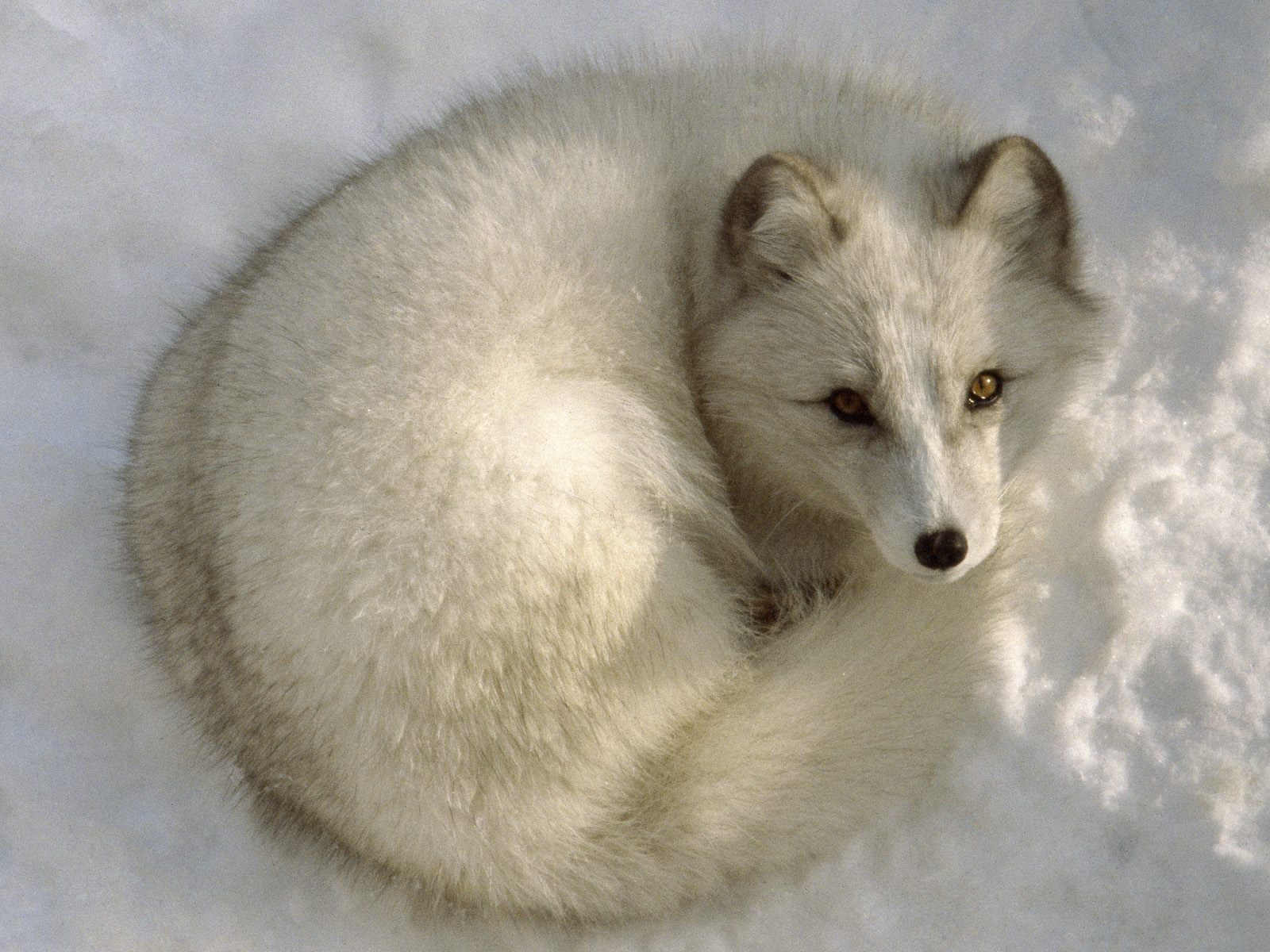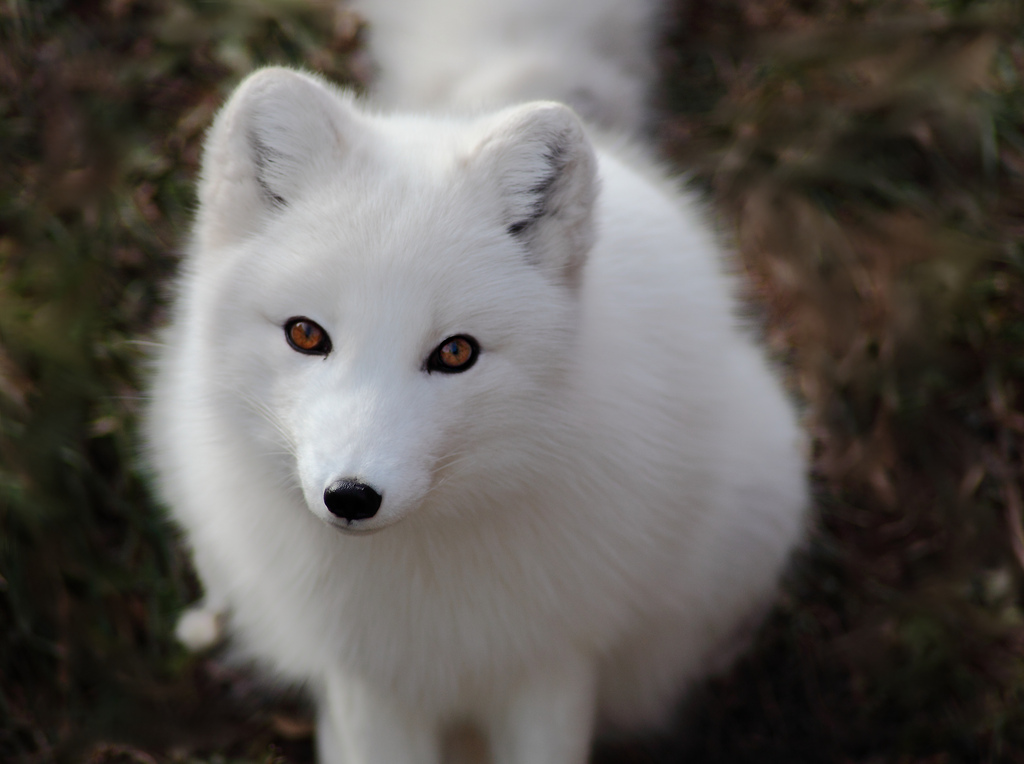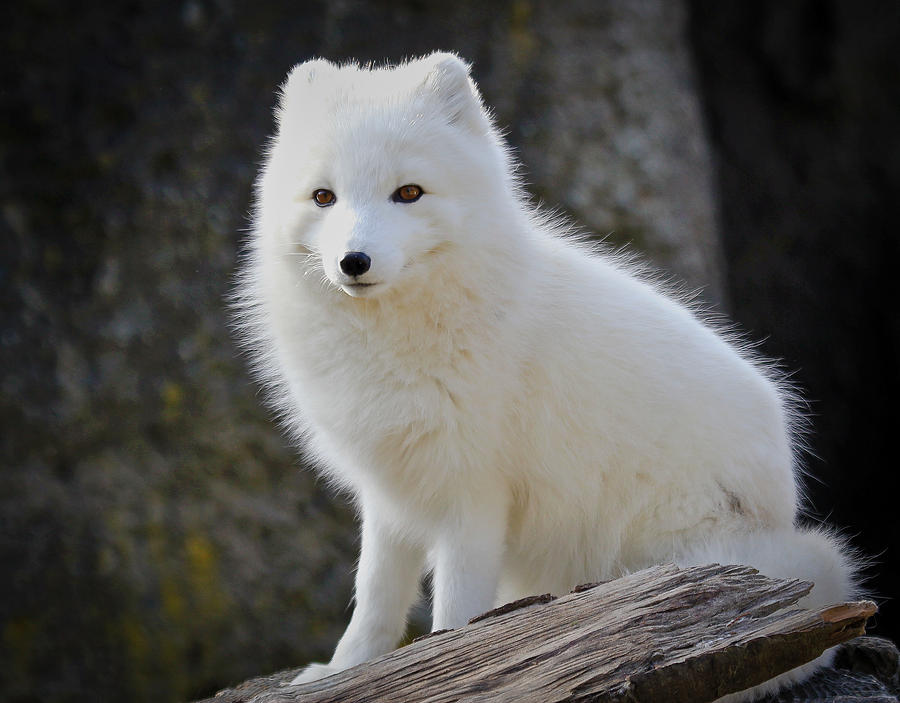Introduction
The white fox, also known as the Arctic fox, is a magnificent creature that inhabits the Arctic regions of North America, Europe, and Asia. With its stunning white fur and remarkable adaptability, it has captured the hearts of many wildlife enthusiasts around the world. In this article, we will explore the unique characteristics and behavior of the white fox, as well as its significance in the Arctic ecosystem.

Appearance
The white fox is well-known for its beautiful, pristine white fur that serves as excellent camouflage in snowy environments. Its fur changes with the seasons, turning brown or gray during the summer to blend in with the tundra landscape. The fox has a compact and muscular body, with a bushy tail that helps it maintain balance and serves as a warm cover during harsh winters.

Habitat and Distribution
White foxes are primarily found in the Arctic regions of North America, Europe, and Asia. They have adapted to live in some of the coldest and harshest environments on Earth. These resourceful creatures make their homes in underground dens, which provide protection from extreme temperatures and predators.

Diet and Hunting
The white fox is an opportunistic predator, with a diet that varies depending on the availability of food. They are skilled hunters, capable of catching small mammals such as lemmings, voles, and arctic hares. During the summer months, they also feed on birds, eggs, and berries. These adaptable creatures are known for their ability to store surplus food during times of abundance, allowing them to survive the long winter months when food is scarce.

Life Cycle and Reproduction
The white fox has a fascinating life cycle that is closely tied to the Arctic seasons. Breeding usually occurs during the winter months, with females giving birth to litters of up to 15 pups. The pups are born in underground dens and are cared for by both parents. They stay with their parents until the following spring when they become independent. As the pups grow, they undergo a remarkable transformation, developing their iconic white fur to blend in with the snowy surroundings.

Adaptations to the Arctic Environment
The white fox has evolved various adaptations to survive in the harsh Arctic environment. Its thick fur provides insulation against the freezing temperatures, while its small ears and rounded body shape minimize heat loss. The fox also has fur on its paws, which acts as natural snowshoes, allowing it to walk on snow without sinking. Additionally, its keen sense of hearing and excellent eyesight help it locate prey beneath the snow-covered ground.

Interactions with Humans
White foxes have historically been hunted for their fur, which is highly prized for its softness and warmth. However, due to conservation efforts, hunting restrictions have been put in place to protect these beautiful creatures. The white fox also plays a crucial role in the Arctic ecosystem by controlling the populations of small mammals, thus maintaining a balanced ecosystem.

Conclusion
The white fox is a captivating animal that has adapted to survive in one of the harshest environments on Earth. Its stunning appearance, remarkable adaptability, and important role in the Arctic ecosystem make it a truly remarkable creature. By understanding and appreciating the beauty and significance of the white fox, we can contribute to its conservation and ensure that future generations can also admire this incredible Arctic animal.